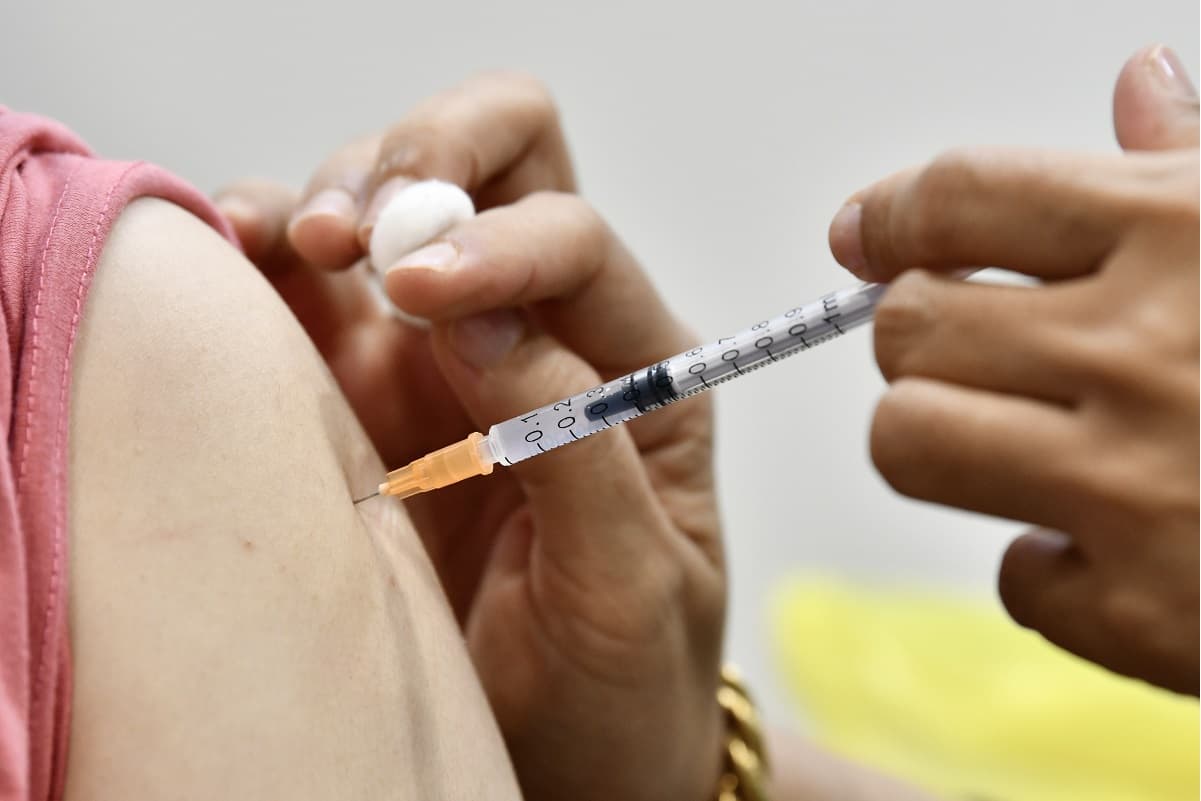
This article first appeared in The Edge Malaysia Weekly on August 30, 2021 - September 5, 2021
Covid cases and deaths in Klang Valley have fallen as vaccination rate rises
Do Charts 1 and 2 look familiar to you? Well, they should. We have been updating and printing these charts for several weeks now. If you recall, when we first wrote that it was imminent that cases would turn lower, our assessment was based on data available up to Aug 10, which incidentally was also the day with a record-high number of confirmed positive cases (7-day average) in the Klang Valley (KV). As such, we would not be surprised if many did not agree with our opinion then, and perhaps many still do not. This is why we will continue to update the charts until we prove to ourselves — and everyone else — that our belief is correct.
In fact, what we see now is totally predictable, based on past actions and the time required to bear fruit. Our assessment was made based on the falling number of people susceptible to future infection — by comparing the total KV population with the people already fully vaccinated, those who received the first dose plus the three-week gap to their second dose and another 14 days for the vaccine to reach maximum efficacy, as well as people already tested positive and who thereby have natural immunity.
And as this pool of susceptible people shrinks, so too will new hospital admissions. Yes, fully vaccinated people could still be infected, but the probability of their developing severe illness is very low. With fewer hospital admissions, the number of people needing ICU care and ventilators must also start to drop — the average hospital stay is between one and two weeks — as will the number of deaths. In most developed countries, the observed time lag between peak cases and peak deaths is typically around two weeks. As we said, there is no need of a crystal ball — it is all about maths and science.
But even as the worst of the outbreak is over for KV, daily cases in the country remain near record highs — averaging 21,333 in the past seven days (up to Aug 24). One reason is the increased testing (see Chart 3). As we wrote before, data on confirmed positive cases is not truly reflective of whether the outbreak is intensifying or subsiding — it all depends on how many and where (the sampling) the tests are done. So, one could conceivably “manage” this figure to suit the intended narrative. The rising test positivity rate strongly suggests that the virus is widespread in the community.
Save by subscribing to us for your print and/or digital copy.
P/S: The Edge is also available on Apple's AppStore and Androids' Google Play.
